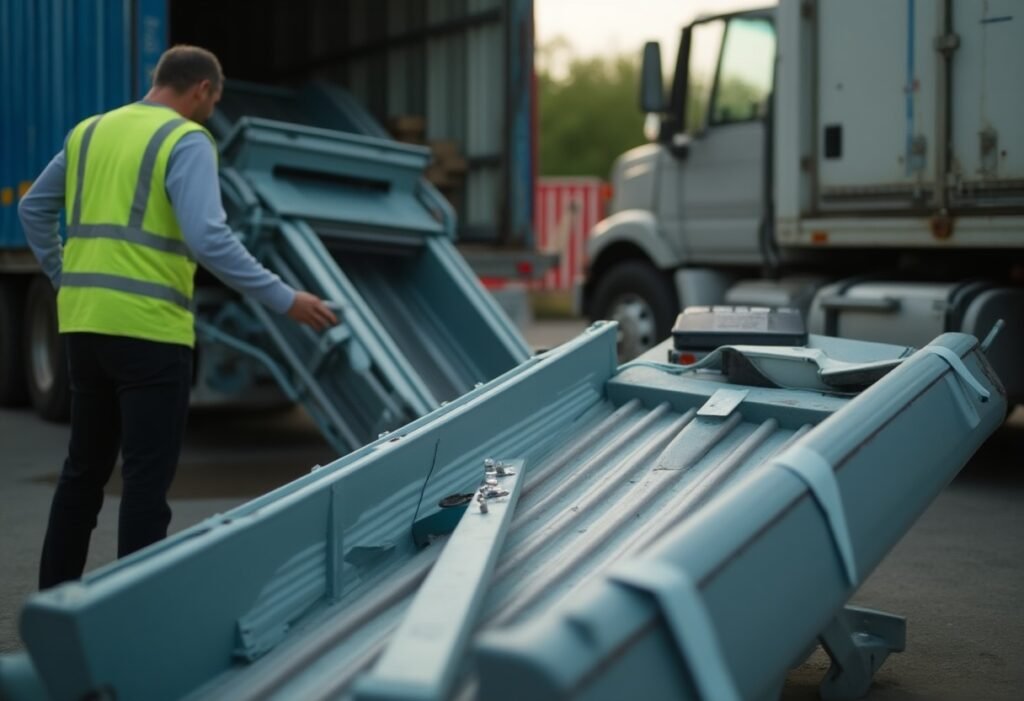Introduction to Recycling Tanning Beds
The process of recycling tanning beds involves several steps and considerations. Tanning beds, which contain various materials such as metal, plastic, and electronics, can be recycled to minimize waste and reduce environmental harm.
Disassembling Tanning Beds for Recycling
To recycle a tanning bed, it must first be disassembled into its component parts. This includes removing the wooden or metal frame, the acrylic or glass bed, and the electronic components such as ballasts, wiring, and switches. Each of these components can be recycled separately.
Recycling Options for Tanning Bed Components
The metal components of tanning beds, such as the frame and fixtures, can be recycled at local scrap metal facilities. The electronic components, including ballasts and wiring, can be recycled at electronics waste recycling facilities. The acrylic or glass bed can be recycled at facilities that accept plastic or glass materials.
Proper Disposal of UV Lamps
The UV lamps used in tanning beds contain hazardous materials such as mercury and must be disposed of properly. Many communities have designated facilities for recycling fluorescent lamps, including UV lamps from tanning beds.
Environmental Benefits of Recycling Tanning Beds
Recycling tanning beds helps to conserve natural resources, reduce landfill waste, and decrease the environmental harm caused by the extraction and processing of raw materials. Additionally, recycling hazardous materials such as mercury from UV lamps helps to prevent pollution and protect public health.
Locating Tanning Bed Recycling Facilities
To find facilities that accept tanning beds and their components for recycling, individuals can contact their local waste management agency or search online for electronics waste recycling facilities, scrap metal facilities, and plastic or glass recycling facilities in their area.
Conclusion
Recycling tanning beds is an important step in reducing waste and minimizing environmental harm. By disassembling the tanning bed, recycling its components, and properly disposing of hazardous materials, individuals can help conserve natural resources and promote sustainability.



